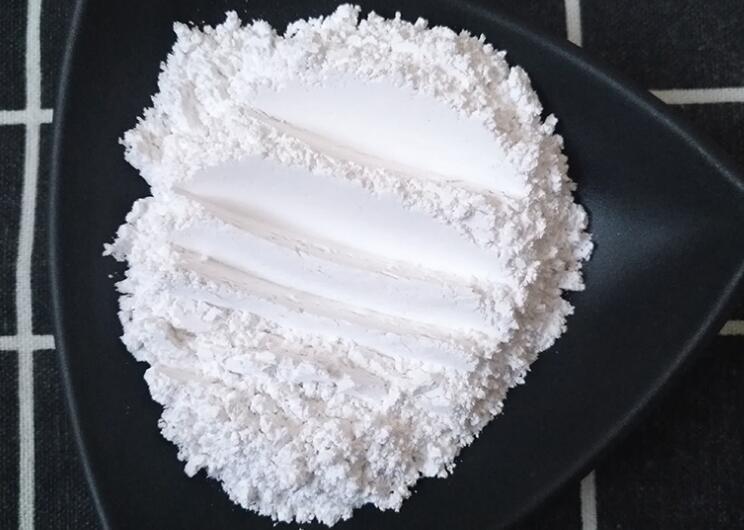Nano-magnesium oxide powder: the way to improve the performance of thermal conductive materials

In the electronic and industrial fields, materials with high thermal conductivity are essential for heat dissipation management and thermal stability. Magnesium oxide (MgO) is an ideal choice for thermal conductive materials due to its excellent thermal conductivity and chemical stability. This article will explore the preparation method of nano-scale magnesium oxide powder and its application in thermal conductive materials to provide a reference for the development of high-performance materials.
With the continuous improvement of the performance of electronic equipment, heat dissipation has become one of the key factors restricting the performance of equipment. Magnesium oxide (MgO) has shown great potential in the field of thermal conductive materials with its high thermal conductivity, good chemical stability and high temperature resistance. The preparation of nano-scale magnesium oxide powder is a key step to achieve its high-performance application.
Preparation method of magnesium oxide powder
High temperature calcination method: Precursors such as magnesium hydroxide or magnesium carbonate are calcined at high temperature to decompose and generate magnesium oxide. This method is simple, efficient and suitable for large-scale production.
Sol-gel method: Nano-scale magnesium oxide powder is prepared by sol-gel process, and uniform particle size distribution and high purity products can be obtained.
Hydrothermal synthesis method: Chemical reaction is carried out in a high temperature and high pressure water environment to prepare nano-magnesium oxide powder, which has excellent dispersibility and morphology control.
Characterization of magnesium oxide powder
Morphology analysis: Use SEM and TEM to observe the morphology and particle size distribution of the powder to evaluate its dispersibility and morphology.
Composition analysis: XRD and EDX are used to analyze the crystal structure and element distribution of the powder to ensure its purity.
Specific surface area analysis: The BET method is used to determine the specific surface area of the powder and evaluate its adsorption performance.
Thermal conductivity test: The thermal conductivity of the powder is tested using a thermal conductivity meter to evaluate its thermal conductivity.
Thermal stability: The thermal stability and thermal decomposition kinetics of the powder are tested by TGA and DSC.
Application of magnesium oxide powder in thermal conductive materials
Thermal conductive plastics: Nano-magnesium oxide powder is used as a thermal conductive filler to significantly improve the thermal conductivity of plastics and reduce heat accumulation.
Thermal conductive silicone grease: Nano-magnesium oxide powder improves the thermal conductivity of thermal conductive silicone grease, reduces thermal resistance, and improves heat dissipation efficiency.
Thermally conductive ceramics: Nano-magnesium oxide powder improves the thermal conductivity and thermal stability of ceramics to meet the needs of high-temperature applications.
There are various methods for preparing nano-magnesium oxide powder. By optimizing the preparation process and characterization technology, the performance of the powder can be comprehensively improved. The application in thermal conductive materials shows that nano-magnesium oxide powder can significantly improve the thermal conductivity and thermal stability of materials, providing a new solution for thermal management in the electronics and industrial fields.








